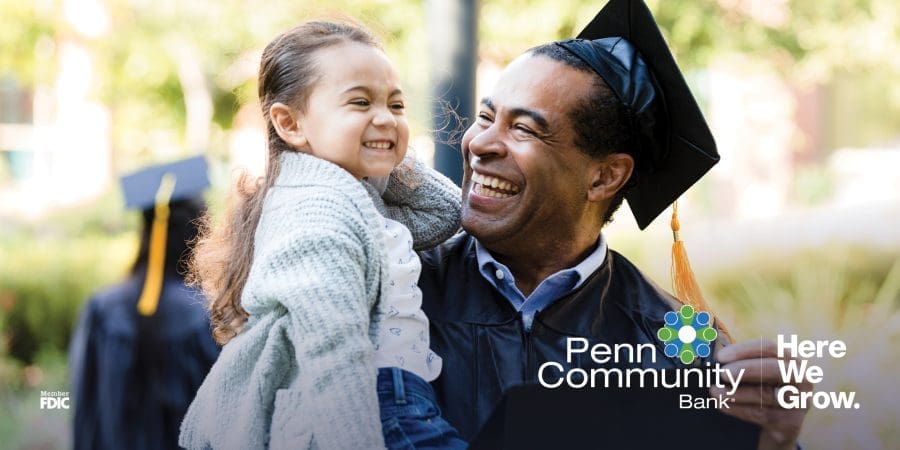
Whether you’re a college student, a recent grad, or parent of a college student, you probably heard the recent news about the student loan debt relief plan. Here’s what you need to know:
Final extension of student loan payment forbearance
Early on in the COVID-19 pandemic, federal student loan payments were paused to account for the economic challenges most borrowers were facing. That payment pause has been extended a final time though December 31, 2022, with payments resuming in January 2023. No action is needed – this extended forbearance will occur automatically. Keep in mind this is only for federal student loans, meaning money borrowed through federal student aid, and does not apply for any student loans through private institutions.
In the meantime, be sure to make any payments towards your federal loan as you can. These will be going towards your principal balance – not interest.
Debt cancellation for qualified borrowers
- If you are a Pell Grant recipient, you are eligible to receive up to $20,000 in debt cancellation on your loans held by the Department of Education.
- If you are not a Pell Grant recipient, you are eligible for up to $10,000 in debt cancellation on your loans held by the Department of Education.
- Note: Borrowers are only eligible for this relief if their individual income is less than $125,000 or $250,000 for married couples. This is a one-time student loan debt relief.
- You may be eligible to receive your loan forgiveness automatically, but if the U.S. Department of Education does not have your income data, a simple application will launch in early October.
- If you work for a qualifying institution such as a non-profit, the military, or government, you may be eligible to have all of your student loans forgiven through the Public Service Loan Forgiveness program. Head to PSLF.gov for more information on eligibility and requirements.
Introducing a new income-driven repayment plan
Replacing income-based repayment plans with new rules for income-driven repayment plans will reduce monthly payments for lower- and middle-income borrowers. Here’s what will change with this new rule:
- Borrowers will be required to pay no more than 5% of their discretionary income monthly on student loans. Prior, this was at 10%.
- No borrower earning under the annual equivalent of a $15 minimum wage will have to make a monthly payment.
- Forgiveness for loan balances after 10 years of payments for balances of $12,000 or less. Prior, forgiveness was after 20 years of payments.
- Borrower’s unpaid monthly interest will be covered. No borrower’s loan balance will grow as long as they make their monthly payments.
For personal loan options and additional financial advice, visit www.penncommunitybank.com. To learn more about student loan forgiveness, visit www.studentaid.gov.


